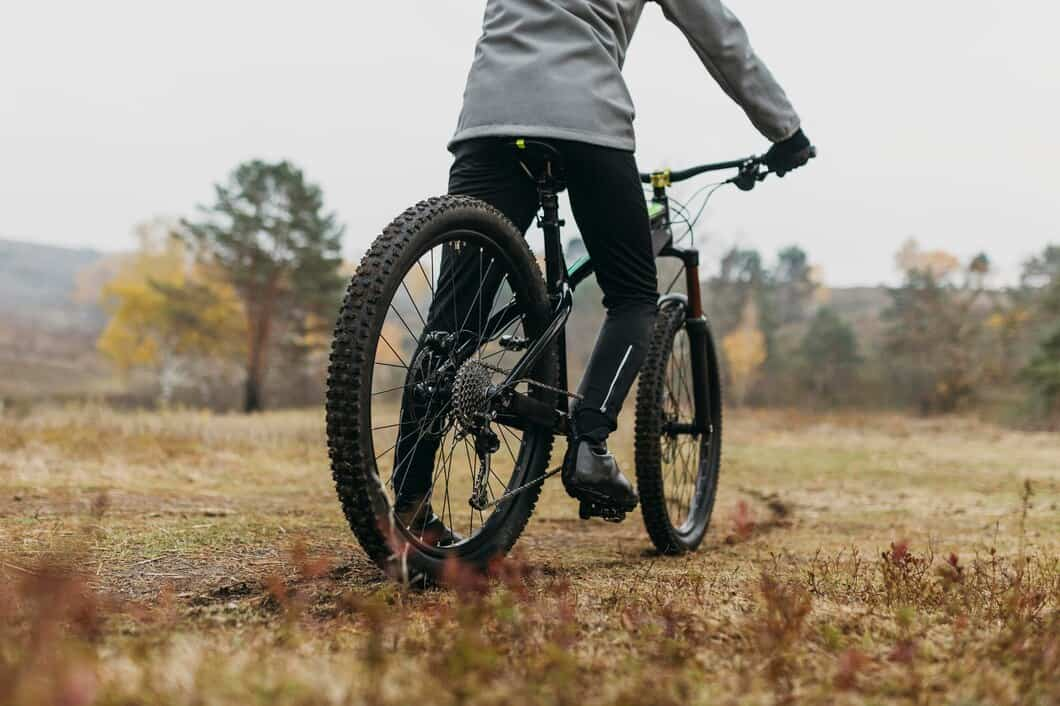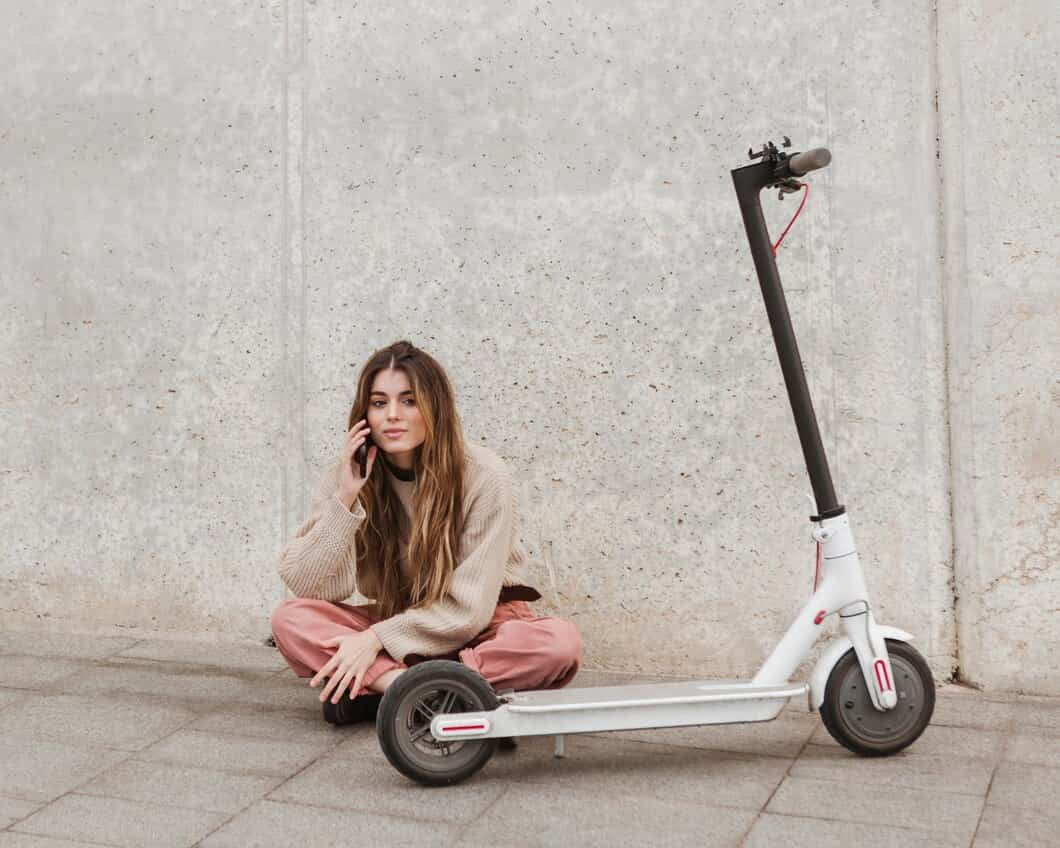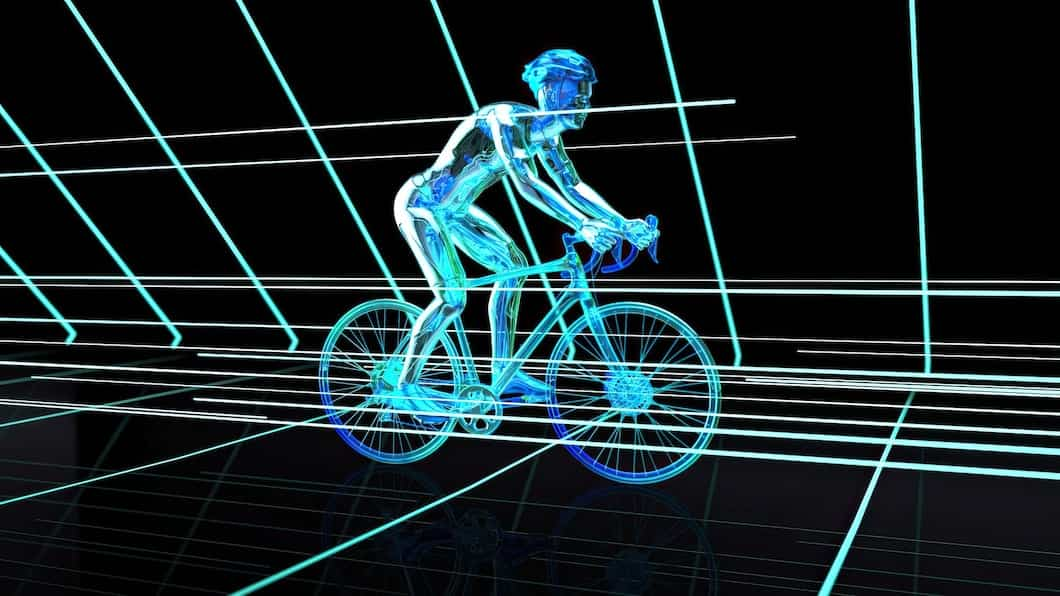How Fast Can A 7000w EBike Go?
Time: 04 Apr 2024 22:37

This article explores the top speed capabilities of 7000w eBikes. We'll discuss the factors that affect eBike speed, such as motor power, battery capacity, and terrain. We'll also provide tips on how to get the most speed out of your eBike.
In general, a 7000w eBike can reach speeds of up to 30-35 mph (48-56 km/h) on flat terrain. However, factors such as wind resistance, rider weight, and tire pressure can affect the top speed. With the right combination of factors, it is possible to get a 7000w eBike to go even faster.
Average speed
The average speed of a 7000w eBike will vary depending on a number of factors, including the rider's weight, the terrain, and the level of assistance provided by the motor. However, as a general rule, a 7000w eBike can reach an average speed of between 20 and 25 miles per hour (32 to 40 kilometers per hour).
Some 7000w eBikes are capable of reaching speeds of up to 30 miles per hour (48 kilometers per hour) or more, but this is typically only possible on flat terrain with no headwind. In most cases, it is more realistic to expect an average speed of between 20 and 25 miles per hour (32 to 40 kilometers per hour) when riding a 7000w eBike.
Top speed
Top speed is one of the most important factors to consider when choosing an eBike. The top speed of an eBike is determined by a number of factors, including the motor power, the battery capacity, and the weight of the bike. In general, a 7000w eBike can reach a top speed of between 25 and 35 mph. However, some models can reach speeds of up to 40 mph or more.
There are a few things you can do to increase the top speed of your 7000w eBike. First, make sure that your battery is fully charged. Second, choose a gear that is low enough to allow you to pedal at a high cadence. Third, avoid riding into the wind or up hills. Finally, make sure that your tires are properly inflated.
If you are looking for an eBike that can reach high speeds, a 7000w model is a good option. However, it is important to keep in mind that these bikes can be expensive and require more maintenance than lower-powered models.
No matter what type of eBike you choose, always wear a helmet when riding. Helmets can help to protect you from serious injury in the event of an accident.
Factors affecting speed
The speed of an eBike is affected by a number of factors. These factors include the rider's weight, the terrain, the battery level, and the motor power. The rider's weight is a major factor in determining the speed of an eBike. A heavier rider will require more power to maintain the same speed as a lighter rider.
The terrain is another important factor in determining the speed of an eBike. Riding on flat ground will be much faster than riding up a hill. The battery level is also important, as a depleted battery will provide less power to the motor. Finally, the motor power is a major factor in determining the speed of an eBike. A more powerful motor will be able to provide more power to the wheels, resulting in a faster speed.
In general, a 7000w eBike can reach speeds of up to 28 mph (45 km/h). However, the actual speed will depend on the factors discussed above.
It is important to note that eBikes are not legal to ride on public roads in all countries. In some countries, eBikes are only allowed to be ridden on private property. It is important to check the laws in your area before riding an eBike on public roads.
Motor power

Motor power is one of the most important factors that determines how fast an eBike can go. The higher the wattage of the motor, the more power it will have to assist you when pedaling. This means that you will be able to reach higher speeds with less effort.
However, it is important to note that motor power is not the only factor that affects eBike speed. Other factors include the weight of the bike, the type of terrain you are riding on, and the amount of wind resistance you are encountering.
If you are looking for an eBike that can reach high speeds, then you should consider getting one with a high-wattage motor. However, if you are more interested in a bike that is easy to ride and can help you get around town, then you may not need as much power.
Battery capacity
Battery capacity is a key factor in determining how fast an eBike can go. A higher battery capacity means that the bike can travel further on a single charge. However, a higher battery capacity also means that the bike will be heavier and more expensive. It is important to find a balance between battery capacity, weight, and cost when choosing an eBike.
The battery capacity of an eBike is measured in watt-hours (Wh). The higher the Wh rating, the more energy the battery can store. A typical eBike battery has a capacity of between 250 Wh and 750 Wh. A higher-capacity battery will allow the bike to travel further on a single charge, but it will also add weight and cost to the bike.
Controller settings
Controller settings can also affect the speed of an e-bike. With a higher-wattage controller, you can draw more power from the motor, which can lead to higher speeds. However, it is important to note that increasing the wattage of the controller can also increase the risk of overheating, so it is important to consult with a qualified mechanic before making any changes.
In addition, the controller settings can also be adjusted to change the amount of torque that the motor provides. This can be useful for customizing the e-bike to your specific needs. For example, if you are riding in a hilly area, you may want to increase the amount of torque so that the motor can help you climb hills more easily.
Tire size
The size of the tires on an eBike can also affect its speed. Larger tires can roll over obstacles more easily, which can help to increase the bike's speed. However, larger tires can also add weight to the bike, which can slow it down. The ideal tire size for an eBike will depend on the type of riding that you will be doing.
If you plan on doing a lot of riding on rough terrain, then you will want to choose a bike with larger tires. If you plan on doing mostly riding on paved roads, then you can choose a bike with smaller tires. The size of the tires is one of several factors that you should consider when choosing an eBike.
Weight of the rider and bike
The combined weight of the rider and the bike plays a significant role in determining the top speed of an eBike. A heavier rider or bike will require more power from the motor to achieve the same speed as a lighter combination. For instance, a 7000w eBike with a total weight of 250 lbs (rider and bike combined) might reach a top speed of 35 mph, while the same eBike with a total weight of 300 lbs might only reach a top speed of 32 mph. Therefore, it's crucial to consider the weight of both the rider and the bike when estimating the top speed of a 7000w eBike.
Furthermore, the weight distribution of the rider and bike can also affect the eBike's handling and stability. A rider who is positioned too far forward or too far back on the bike can make it more difficult to control, especially at high speeds. Similarly, a bike with a heavy front end or a heavy back end can be more challenging to maneuver and may be more prone to tipping over.
Overall, the weight of the rider and bike is an important factor to consider when choosing and operating a 7000w eBike. By understanding how weight affects speed, handling, and stability, riders can make informed decisions about the best eBike for their needs.
Terrain
The terrain you're riding on will also affect your speed. If you're riding on flat, paved roads, you'll be able to go faster than if you're riding on hills or rough terrain. This is because you'll have to use more energy to overcome the resistance of the terrain.
In general, you can expect to go about 20-25 mph on flat, paved roads. If you're riding on hills, you'll be able to go about 15-20 mph. And if you're riding on rough terrain, you'll be able to go about 10-15 mph.
It's important to note that these are just general guidelines. Your actual speed will vary depending on your fitness level, the weight of your bike, and the terrain you're riding on.
If you're new to e-biking, it's a good idea to start on flat, paved roads. Once you get more comfortable, you can start to explore more challenging terrain.
Wind resistance
Wind resistance, also known as drag, is a force that acts against the motion of an object moving through a fluid, such as air or water. It is caused by the interaction between the object's surface and the fluid, and is proportional to the object's velocity and the fluid's density.
For an eBike, wind resistance is a significant factor that affects its top speed. The faster the eBike moves, the greater the wind resistance it encounters. This is because the air resistance increases with the square of the speed.
To overcome wind resistance, eBikes use a variety of design features, such as aerodynamic fairings and streamlined shapes. These features help to reduce the amount of drag that the eBike experiences, and allow it to reach higher speeds.
In addition to design features, the rider's position can also affect wind resistance. A rider who is tucked down and streamlined will experience less drag than a rider who is sitting upright. This is because the rider's body creates a larger surface area that the wind can push against.
Frequently Asked Questions
What is the maximum speed limit for a 7000w eBike?
The maximum allowed speed for eBikes varies by country, state, or region. Please check the local laws and regulations for specific details in your area.
How fast can I go on an eBike that does not have a speed limiter?
The maximum speed you can reach on an eBike without a speed limiter depends on the motor's power, the terrain you're riding on, and your weight.
Can I increase the speed of my 7000w eBike?
Modifying your eBike to increase its speed may be illegal in some areas. If you are considering modifying your eBike, it is essential to check local regulations first.
Is using a 7000w eBike safe?
As with any motorized vehicle, using a 7000w eBike safely requires following all applicable traffic laws and wearing appropriate safety gear like a helmet.
To Sum Up
Ultimately, the top speed of a 7000w eBike is determined by several factors. These factors include the type of motor, the weight of the rider and bike, and the terrain being ridden on. In general, a 7000w eBike can reach speeds of up to 30 mph on flat ground. However, on hills or in windy conditions, the top speed may be lower.
For riders who want to get the most out of their 7000w eBike, it is important to choose the right type of motor. There are two main types of motors used in eBikes: hub motors and mid-drive motors. Hub motors are located in the wheel, while mid-drive motors are located in the middle of the bike. Mid-drive motors are generally more efficient than hub motors, and they can provide more torque. As a result, mid-drive motors are a good choice for riders who want to ride in hilly areas or in windy conditions.
Recommendation
How fast can a 7000w eBike go?
This article explores the top speed capabilities of 7000w eBikes. We'll discuss the factors that affect eBike speed, such as motor power, battery capacity, and terrain. We'll also provide tips on how...
How fast is a 20000W eBike?
A 20000W eBike is an electric bicycle with a motor that produces 20,000 watts of power. This is a very powerful motor, and it can propel the bike to speeds of up to 50 mph. 20000W eBikes are still a r...
What bike is best for seniors?
As people grow older, they may find that their physical abilities change. This can make it more difficult to get around, including riding a bike. However, there are many bikes on the market that are s...
How fast can a 20000W eBike go?
Electric bikes with different power motors can run at different speeds - for 20000W eBikes, reaching a maximum speed of 130mph is possible. However, it is important to note that this figure can vary d...
Which bike is best for old man?
Choosing the right bike for an older adult can be a daunting task, but it's important to consider factors such as stability, comfort, and ease of use.When it comes to stability, a bike with a low cent...



